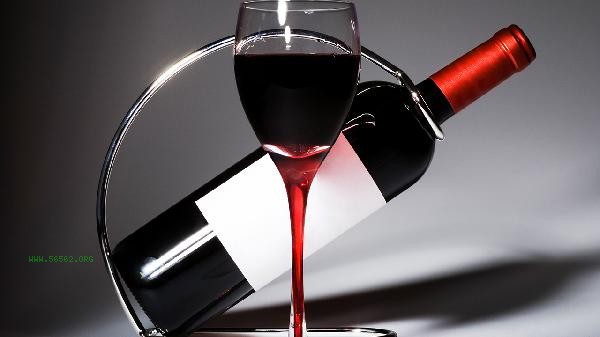The authenticity of red wine can be identified by observing the wine label, checking the bottle stopper, distinguishing the wine, tasting the taste, verifying the channel, and other methods.

1. Observe the wine label.
Authentic red wine labels are printed clearly, with no burrs on the edges of the font, uniform colors, and distinct layers. The complete information on the wine label includes key data such as origin, year, alcohol content, and capacity. Some high-end wines may have anti-counterfeiting labels or embossing techniques. Fake wine labels often have spelling errors, missing or unclear information, and some counterfeit products may copy the genuine wine label but with rough details.
2. Check the Bottle Stopper
Original red wine cork stoppers are usually printed with the winery name, year, and other labels. The material is dense and free of debris, and the length fits well with the bottle mouth. Poor quality counterfeit wine may use synthetic or recycled stoppers, with no markings or obvious signs of wear on the surface. Some high-end liquor brands have finely crafted metal capsule seals, and counterfeit products may have loose seals or non-standard engraving.
3. Distinguish the wine
Pour the red wine into a transparent glass and observe. The color of the real wine is naturally transparent, and the edges of the aged red wine will show a brick red tone. The wine will hang evenly in the glass. Fake wine may have added pigments, causing the color to be too bright or cloudy, and after shaking, it may become abnormally viscous or quickly disappear when hung in a cup. Partial blending of fake liquor may result in sedimentation and layering after being left to stand.

4. Tasting Taste
Authentic red wine has rich layers on the palate, balanced tannins, acidity, and fruity aroma, and a long-lasting and non irritating aftertaste. Low quality fake wine often has a piercing alcohol taste or too sweet taste, and some fake wine flavored with essence will leave an unnatural chemical aftertaste. Aged genuine wine can develop complex aged aromas such as leather and cedar, which are difficult for counterfeit wine to imitate.
5. Verification channel
Check the authenticity of the wine bottle on the official website through the bottle's QR code or anti-counterfeiting number. Legitimate imported wine should have a Chinese back label and customs inspection certificate. Choose authorized dealers for offline purchases to avoid products with prices significantly lower than market prices. For Mingzhuang liquor, proof of origin or auction house appraisal certificate can be required, and some liquor can be tested for phenolic substances by professional institutions.

It is recommended to choose regular supermarkets or brand direct sales channels when purchasing red wine in daily life, to avoid buying bulk wine from unknown sources. Keep at a constant temperature and avoid light during storage. After opening the bottle, it can be stored with a vacuum plug. When drinking with red meat or cheese, pay attention to the color changes between the wine and the food. If any abnormality is found in the body of the wine or discomfort occurs after drinking, it should be immediately stopped and evidence should be retained to report to the regulatory authorities. Long term consumption of red wine requires daily intake control, and special populations should consult a physician for advice.








Comments (0)
Leave a Comment
No comments yet
Be the first to share your thoughts!